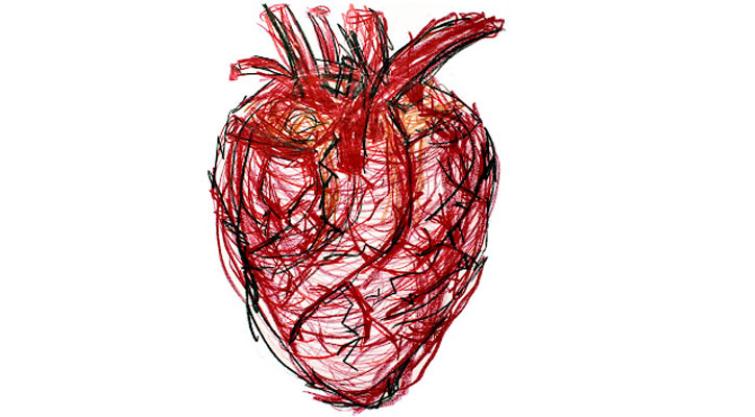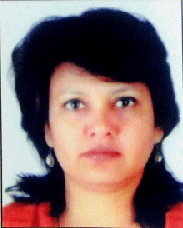By FnF Correspondent | PUBLISHED: 03, Jun 2025, 16:19 pm IST | UPDATED: 03, Jun 2025, 16:19 pm IST
 New Delhi: When we talk about heart health, conditions like heart attacks and strokes usually grab all the attention. But quietly sitting in the background is another serious and potentially deadly issue—an aortic aneurysm. It doesn’t make much noise and doesn’t always show symptoms, and yet, when it strikes, it can be fatal.
New Delhi: When we talk about heart health, conditions like heart attacks and strokes usually grab all the attention. But quietly sitting in the background is another serious and potentially deadly issue—an aortic aneurysm. It doesn’t make much noise and doesn’t always show symptoms, and yet, when it strikes, it can be fatal.
There isn’t one single cause. Instead, several risk factors increase the possibility of an aortic aneurysm. In most cases, high blood pressure puts constant strain on the artery walls, while atherosclerosis (fat and cholesterol buildup) makes them stiff and weak. Smoking is another major issue, especially for men above the age of 65. Genetics also plays a vital role, particularly for those with connective tissue disorders like Marfan or Ehlers-Danlos syndrome.
The biggest challenge with aortic aneurysms is that they usually don’t show symptoms until they’re large—or worse, until they rupture. Some individuals may experience a pulsing sensation near the belly button, persistent back or abdominal pain, or chest discomfort. A rupture brings sudden, intense pain, rapid heartbeat, and even collapse, requiring emergency care.
Cardiologists usually find aneurysms through imaging techniques like ultrasound, CT scan, or MRI (Magnetic Resonance Imaging). These tests show if the aorta is swollen and how big the bulge is. In most cases, people find out about an aneurysm by accident during a scan for another health issue. That’s why people over the age of 65 or those who smoke should ask their cardiologist about regular screening.
If the aneurysm is small and not growing fast, cardiologists may just keep an eye on it through regular screening. Lifestyle changes like stopping smoking, eating healthy, and controlling blood pressure can help stop it from growing.
If the aneurysm gets too big or starts growing quickly, surgery may be needed. There are two ways – open surgery, where the damaged part is removed and replaced, or a less invasive method called EVAR, where a special tube is inserted through the leg and placed inside the aorta to support it. The second option usually means less pain and faster recovery.
Yes, you can. The best way to prevent an aortic aneurysm is to take care of your overall health. Make lifestyle changes like avoiding/ quitting smoking, eating a heart-friendly balanced diet, staying active, and keeping your blood pressure under control. If you have a family history of aneurysms, don’t wait—talk to your cardiologist and get screened early.
An aortic aneurysm doesn’t make noise or cause early trouble—but when it does strike, it can be deadly. The good news is, with regular check-ups and healthy habits, it can be caught early or even prevented. Don’t ignore your body. A simple scan and a healthy lifestyle could save your life.
Disclaimer: (Tips and suggestions mentioned in the article are for general information only and should not be construed as professional medical advice. Always consult your doctor or a dietician before starting any fitness programme or making any changes to your diet.)

by : Priti Prakash
This week has thrown up a firestorm of global developments. Let's dive into the top 5 internati...